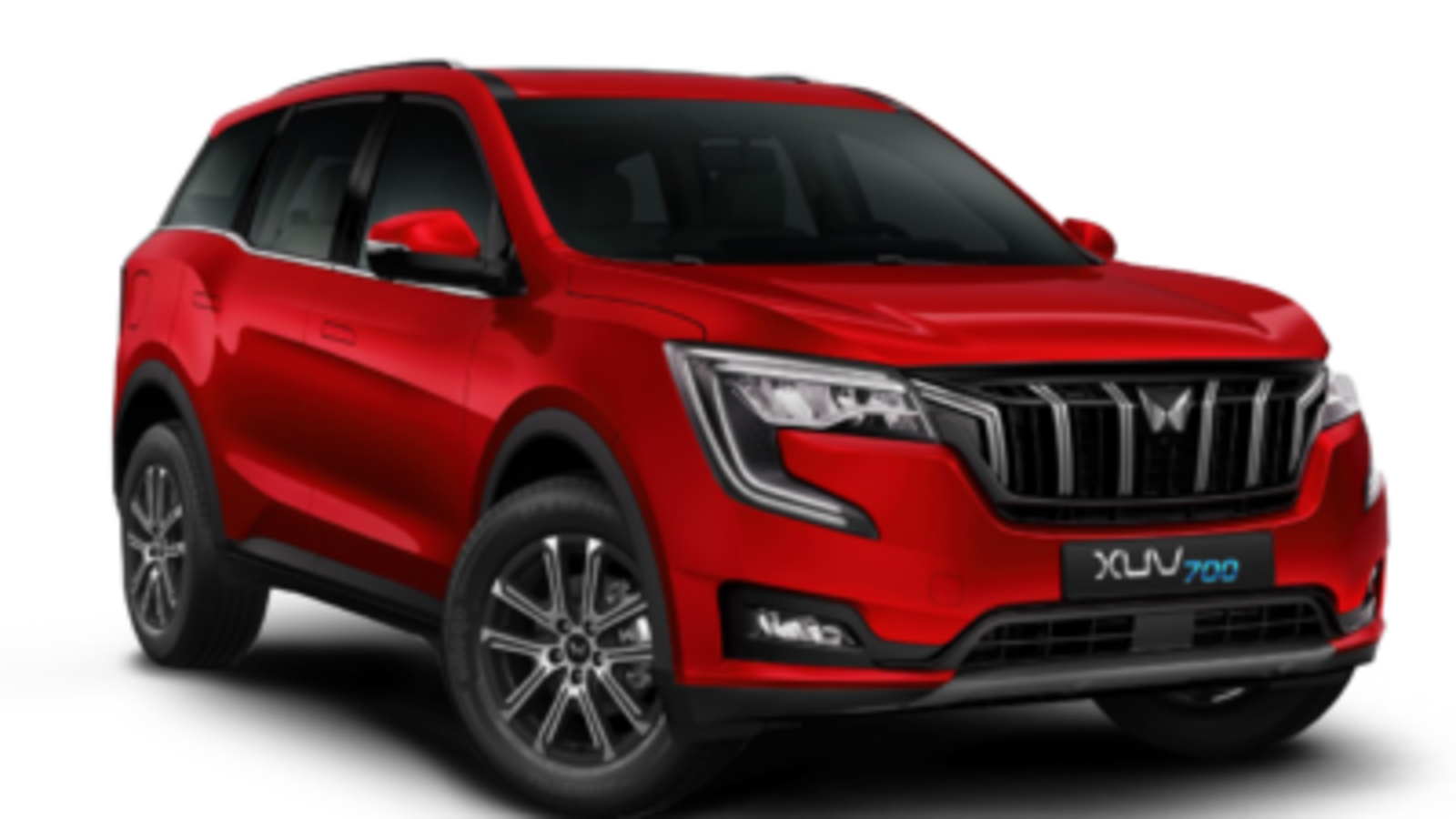As Indian cars become more software-defined, Advanced Driver Assistance Systems (ADAS) have started gaining traction as an essential safety feature. Jeremy McClain, System and Software Business Leader, Autonomous Mobility at tech giant Continental, discussed in an interview with Autocar Professional the capabilities of Continental’s portfolio of sensors and features and their roadmap to support Level 2 and Level 2+ features in passenger cars and autonomous mobility services. McClain also provided a competitive assessment of its readiness level against other major ADAS suppliers and how it is planning to be among the top three players in this category.
What are the new solutions and focus areas where Continental is focusing in India post-pandemic?
During the pandemic, we saw a trend towards software-scalable solutions, where OEMs are much more willing to invest in bigger compute platforms and reference architectures, which already have many sensors in them from the beginning. Autonomous mobility is one of the most important future markets in the automotive industry, and the Indian auto industry is working aggressively to make driving safer. While a big chunk of Indian cars come equipped with Level 2 advanced driver assistance systems (ADAS) technology, the world’s two-wheeler volume here provides high potential for the penetration of Advanced Rider Assistance Systems (ARAS) technologies.
We are in a unique position to capitalise on the growth in ADAS and autonomous mobility spaces by utilising a competent technological portfolio with Lidar, radar, and camera systems combined with a full system stack that enables the company to monetise the increasing ADAS sensor content for L2 and L2+. Our focus will certainly be on bringing ADAS and active safety in a big way to this market.
What technologies have you already deployed in India?
With the Indian government’s focus on safety regulations and growing consumer preference for safer vehicles, features like autonomous emergency braking systems, blind-spot detection and monitoring systems, lane departure warning and lane-keeping assist, front collision warning, adaptive cruise control, and automatic parking assist are gaining popularity in India. The demand for such safety contents in the third largest automotive market in the world is making way for Continental to develop and deploy ADAS technology and features for not only premium cars but also for mass-segment four-wheelers as well.
We have launched some radar technologies and blind spot monitoring systems on the market. We are in active discussions for parking assistants, collision avoidance, and adaptive cruise control technologies, both on four- and two-wheelers. On the two-wheeler front, specifically, we are ready to deliver our rear collision warning systems.
What are Continental’s aspirations for expanding ADAS and autonomous technologies in the Indian market?
We are growing at a rate of 5-10 percent every year on a global basis. A lot of growth is happening here in Bengaluru when it comes to engineering resources. We have a strong team of skilled individuals in the Bengaluru technology centre working for global solutions and also bringing some global technologies to the local market, where we can massively scale those applications. As a company, we strongly believe that ADAS will expand tremendously fast in the Indian market. From 5-10 percent now, it may go as high as 30-40 percent in five to seven years. We see this as a huge opportunity for us, as we have the ability to scale on the back of our global supply base. We see ourselves as the top three players in the ADAS space by the end of this decade. Considering the portfolio, the size of the team that we have here, and our expertise and readiness to deploy these technologies, this shouldn’t take us long.
And in which segment are you planning to dive into first?
The passenger vehicle category is the one where we are introducing the front radar camera systems with autonomous emergency braking, adaptive speed control, and other functions. The number of manufacturers who are adopting this, the number of platforms where development takes place, and the volumes in which OEMs want to introduce these technologies are the biggest in the PV space in India. I think two-wheelers are the next area where we see a lot of value, as volumes are quite high. Beyond that, we are already in advanced discussions with some of the customers about introducing autonomy in trucking, but this will take some time.
This interview was first published in Autocar Professional’s December 15, 2023 issue.



